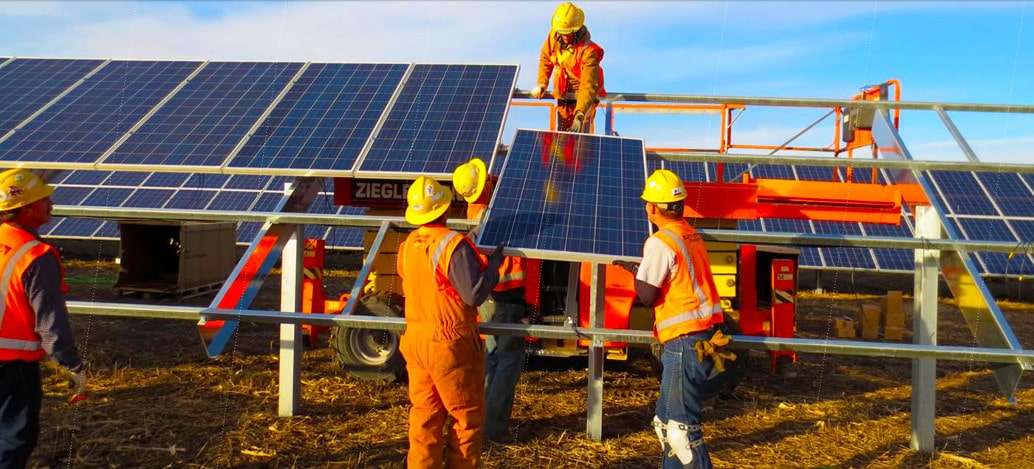Yesterday’s hearing before the International Trade Commission (ITC) spent a lot of time on the expected impacts of actions that the Trump Administration could take if the agency finds injury to the domestic industry, with both sides disagreeing sharply on the expected outcome and the need for such a case in the first place.
However, within this testimony there was also an analysis of what is happening now. In her testimony against the Section 201 petition, Bloomberg New Energy Finance (BNEF) Head of North America Research Amy Grace stated that new contracting activity for utility-scale solar projects has “ground to a halt” since the ITC launched its investigation in June.
“Developers cannot reasonably guarantee competitive contract terms with their counterparties when they don’t know how much they will have to pay for modules – the most expensive line-item of a project’s cost,” noted Grace.
This is not the first that pv magazine has heard of effects from the case on the U.S. market. As reported by pv magazine, at the Intersolar North America trade show last month there was a great deal of talk of uncertainty, module shortages and a surge in prices.
Since that time all three of the largest U.S. residential solar companies as well as many developers have stated that they have stocked up on modules at least through the end of 2017. This includes North Carolina’s Strata Solar. “Modules are harder to get, the price is higher, and all of that seems to be based on the fear that some sort of tariff could be put in place,” Strata Solar Senior VP of Strategy and Government Affairs Brian O’Hara told pv magazine.
However, there is still the question of what will happen in 2018. GTM Research Solar Analyst Colin Smith says that projects with 2018 delivery dates represent a mix of those that have secured modules and those that have not.
And while Smith estimates that more than 50% of projects that GTM Research tracks have modules secured, he notes others are not so lucky. “For many of those projects, it is part of the natural procurement cycle to not buy components until about this time,” notes Smith. “Most of the Tier 1 module manufacturers have sold out of capacity for the moment.”
GTM Research does not necessarily support BNEF’s contention that contracting activity has stopped entirely. However, this does not mean that there are no effects. “Having talked to developers, they will definitely admit that there is hesitancy in the market as the result of 201,” says Smith.
Strata Solar agrees, noting that the contracts it is seeing contain an “off-ramp” to allow for cancellation. “Even PPAs that are being signed right now are subject to changing or potentially going away if the Suniva trade case goes the wrong way,” notes Brian O’Hara.
Update: This article was updated at 3:00 PM EST on August 16 to include commentary by Strata Solar.
This content is protected by copyright and may not be reused. If you want to cooperate with us and would like to reuse some of our content, please contact: editors@pv-magazine.com.









By submitting this form you agree to pv magazine using your data for the purposes of publishing your comment.
Your personal data will only be disclosed or otherwise transmitted to third parties for the purposes of spam filtering or if this is necessary for technical maintenance of the website. Any other transfer to third parties will not take place unless this is justified on the basis of applicable data protection regulations or if pv magazine is legally obliged to do so.
You may revoke this consent at any time with effect for the future, in which case your personal data will be deleted immediately. Otherwise, your data will be deleted if pv magazine has processed your request or the purpose of data storage is fulfilled.
Further information on data privacy can be found in our Data Protection Policy.